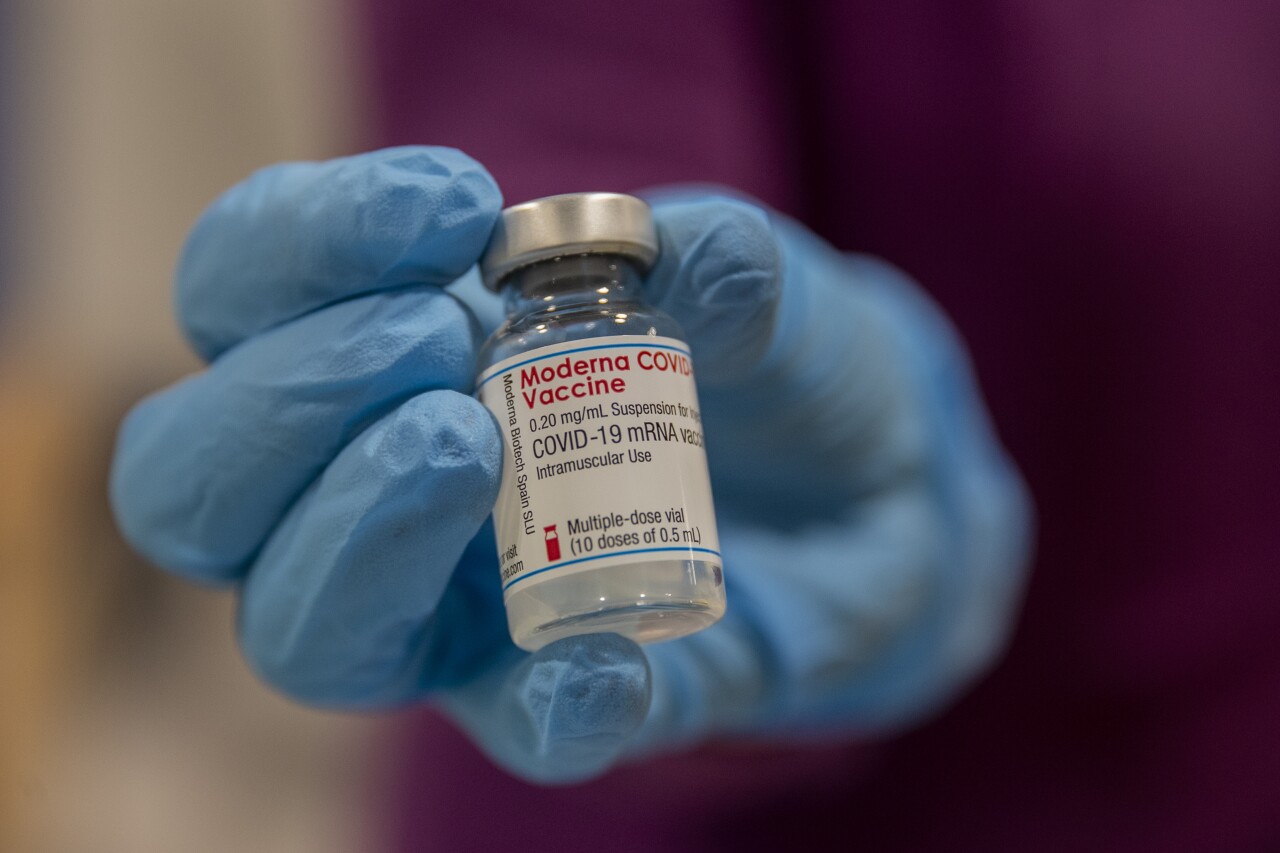As another COVID-19 vaccine appears poised to receive emergency approval, the AstraZeneca vaccine would become a fourth option for those looking to get inoculated.
So what's the difference between each of the vaccines authorized for emergency use?
The Centers for Disease Control and Prevention has outlined some of the key distinctions between each:
Pfizer

Jung Yeon-je/AP
- Number of shots: 2 shots, 21 days apart
- How administered: shot in muscle of upper arm
- Effectiveness: 95% among people without evidence of previous infection
- Who should get vaccinated: recommended for anyone 16 and older
- Common side effects: pain, redness and swelling where shot injected; tiredness, headache, muscle pain, chills, fever, nausea
Read more about the Pfizer vaccine from the CDC.
Moderna

Manu Fernandez/AP
- Number of shots: 2 shots, 28 days apart
- How administered: shot in muscle of upper arm
- Effectiveness: 94.1% effective among people without evidence of previous infection
- Who should get vaccinated: recommended for anyone 18 and older
- Common side effects: pain, redness and swelling where shot injected; tiredness, headache, muscle pain, chills, fever, nausea
Read more about the Moderna vaccine from the CDC.
Johnson & Johnson

David Zalubowski/AP
- Number of shots: single shot
- How administered: shot in muscle of upper arm
- Effectiveness: 66.3% effective among people without evidence of previous infection 2 weeks after vaccination
- Who should get vaccinated: recommended for anyone 18 and older
- Common side effects: pain, redness and swelling where shot injected; tiredness, headache, muscle pain, chills, fever, nausea
Read more about the Johnson & Johnson vaccine from the CDC.



